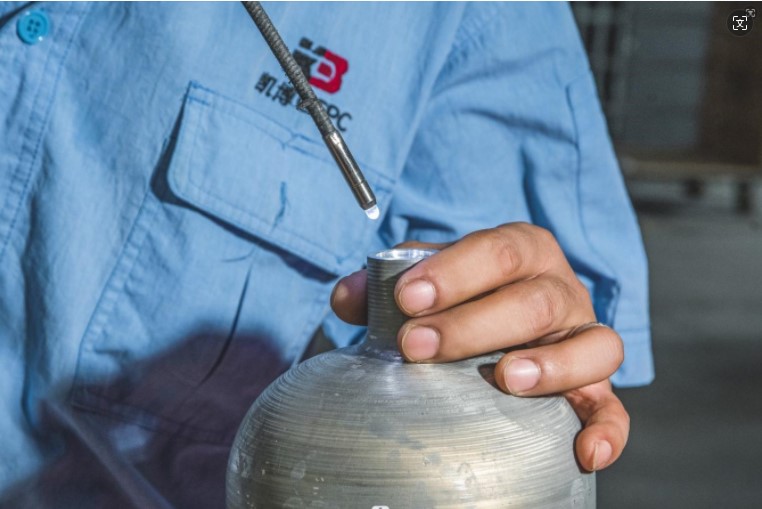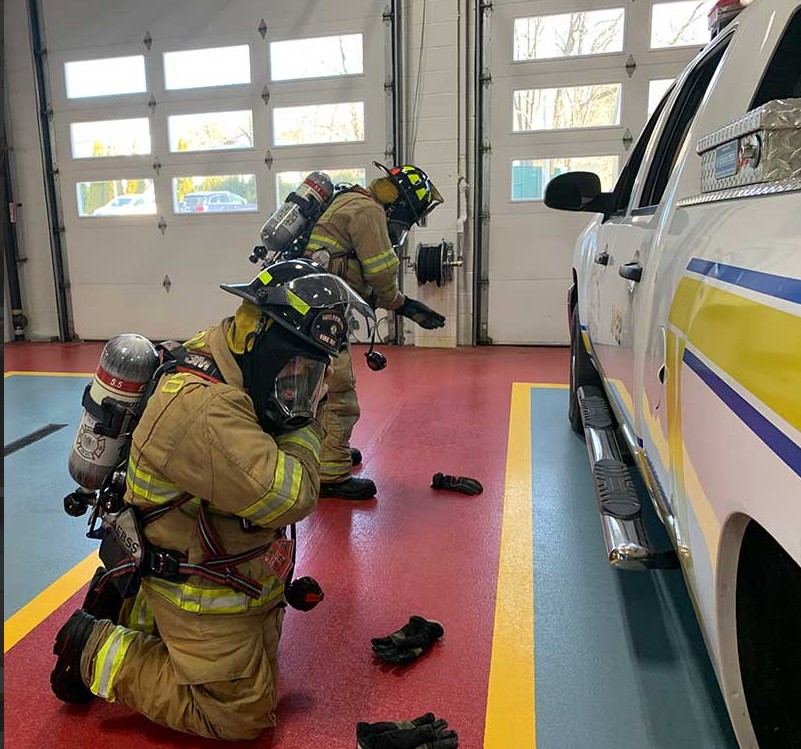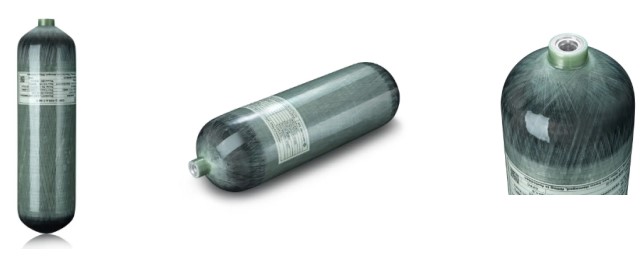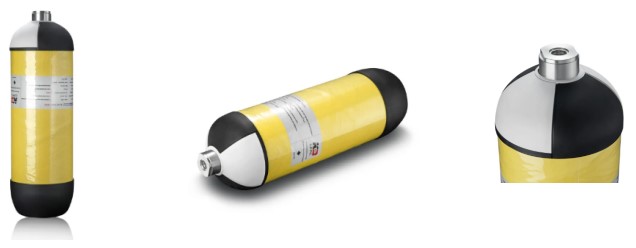For firefighters and industrial workers venturing into hazardous environments, a Self-Contained Breathing Apparatus (SCBA) acts as a lifeline. These backpacks provide a clean air supply, shielding users from toxic fumes, smoke, and other contaminants. Traditionally, SCBA cylinders were constructed from steel, offering robust protection. However, advancements in material science have led to the rise of carbon fiber cylinders, bringing significant advantages while introducing new safety considerations.
The Allure of Carbon Fiber
The primary benefit of carbon fiber lies in its weight. Compared to their steel counterparts, carbon fiber cylinders can be up to 70% lighter. This reduction in weight translates to increased mobility and reduced fatigue for the wearer, especially crucial during extended deployments or in confined spaces. Lighter cylinders also improve wearer balance and agility, essential for navigating treacherous environments.
Beyond weight savings, carbon fiber boasts superior corrosion resistance. This property is particularly valuable in industrial settings where exposure to harsh chemicals is a constant threat. Steel cylinders, while strong, are susceptible to rust and degradation over time, potentially compromising their integrity.
Safety First: Essential Considerations
While carbon fiber offers undeniable advantages, ensuring the safety of these cylinders requires a different approach compared to traditional steel. Here are key safety considerations for responsible use:
-Inspection and Maintenance: Unlike steel cylinders, which can often show visible signs of damage, carbon fiber damage can be less apparent. Regular inspections are vital to identify potential issues before a critical situation arises. These inspections should be conducted by qualified personnel following manufacturer guidelines.
-Hydrostatic Testing: Hydrostatic testing, or “hydrotesting,” is a non-destructive method to assess the structural integrity of a pressure vessel. Cylinders are subjected to a pressure exceeding their working pressure to identify any weaknesses. For SCBA cylinders, this testing is mandated by regulations and typically performed every five years. However, some manufacturers may recommend more frequent testing for carbon fiber cylinders due to their different material properties.
-Impact and Temperature: Carbon fiber, while strong, is not invincible. Dropping a cylinder, even from a low height, can cause internal damage that may not be readily detectable. Inspecting cylinders for cracks, delamination (分離 fēn lí), or other signs of impact damage is crucial before each use. Similarly, extreme temperatures, both hot and cold, can weaken the composite structure of carbon fiber. Users should avoid exposing cylinders to excessive heat or cold, and adhere to manufacturer recommendations for storage and usage temperatures.
-Training and Awareness: Due to the potential for hidden damage, proper training for firefighters and industrial workers using carbon fiber SCBA cylinders is paramount. This training should emphasize the importance of regular inspections, the dangers of impact and temperature extremes, and the proper handling procedures to minimize these risks.
Additional Considerations: Lifecycle and Repair
The service life of a carbon fiber SCBA cylinder typically ranges from 10 to 15 years, depending on the manufacturer and usage conditions. Unlike steel cylinders, which can often be repaired after failing a hydrotest, repairs on carbon fiber cylinders are generally not recommended due to the difficulty of ensuring structural integrity after a breach. Therefore, proper maintenance and handling become even more critical to maximize the lifespan of these cylinders.
The lifespan of KB carbon fiber type3 cylinders is 15 years meanwhile for KB type4 PET liner carbon fiber cylinders is NLL (Non-Limited-Lifespan)
Conclusion: A Symbiosis of Safety and Performance
Carbon fiber SCBA cylinders represent a significant advancement in respiratory protection technology. Their lighter weight and superior corrosion resistance offer undeniable advantages for firefighters and industrial workers. However, ensuring the continued safety of these cylinders requires a commitment to regular inspections, user training, and adherence to safe handling practices. By prioritizing safety alongside performance, carbon fiber SCBA technology can continue to be a life-saving tool in hazardous environments.
Post time: Jun-06-2024




